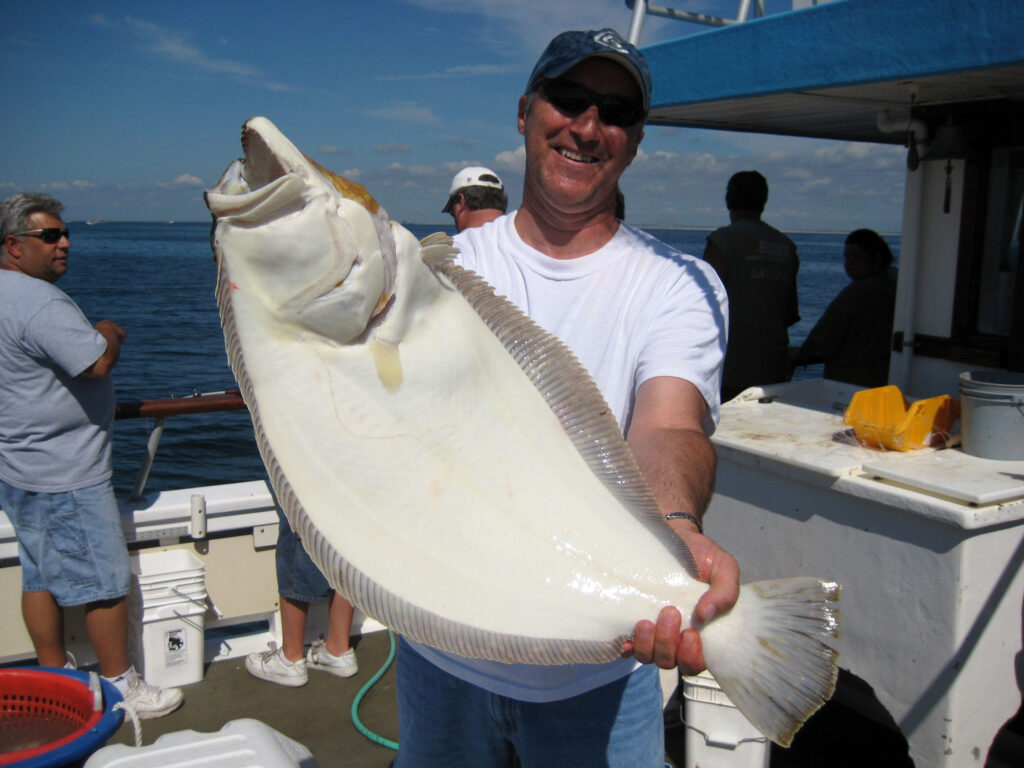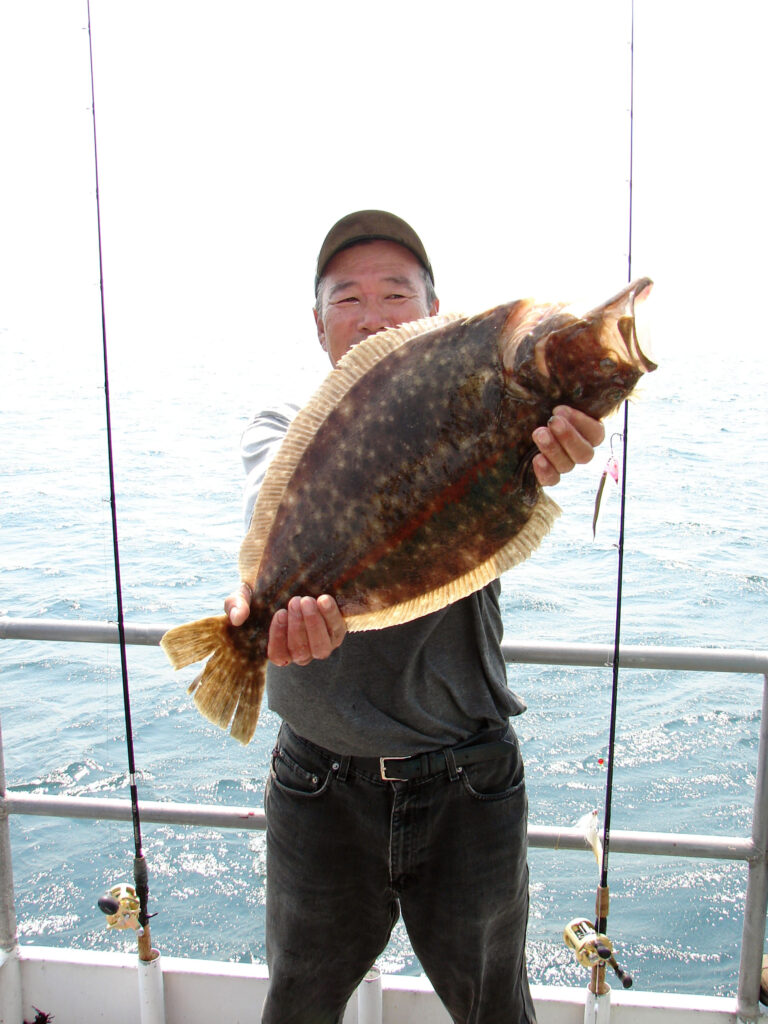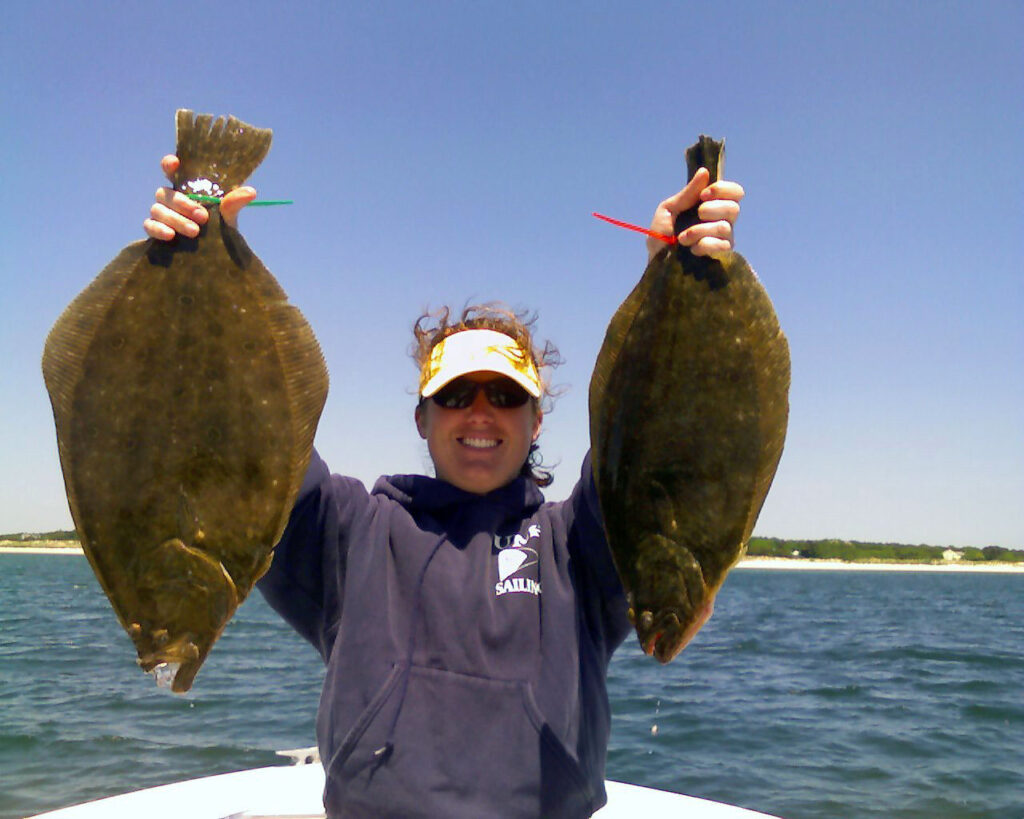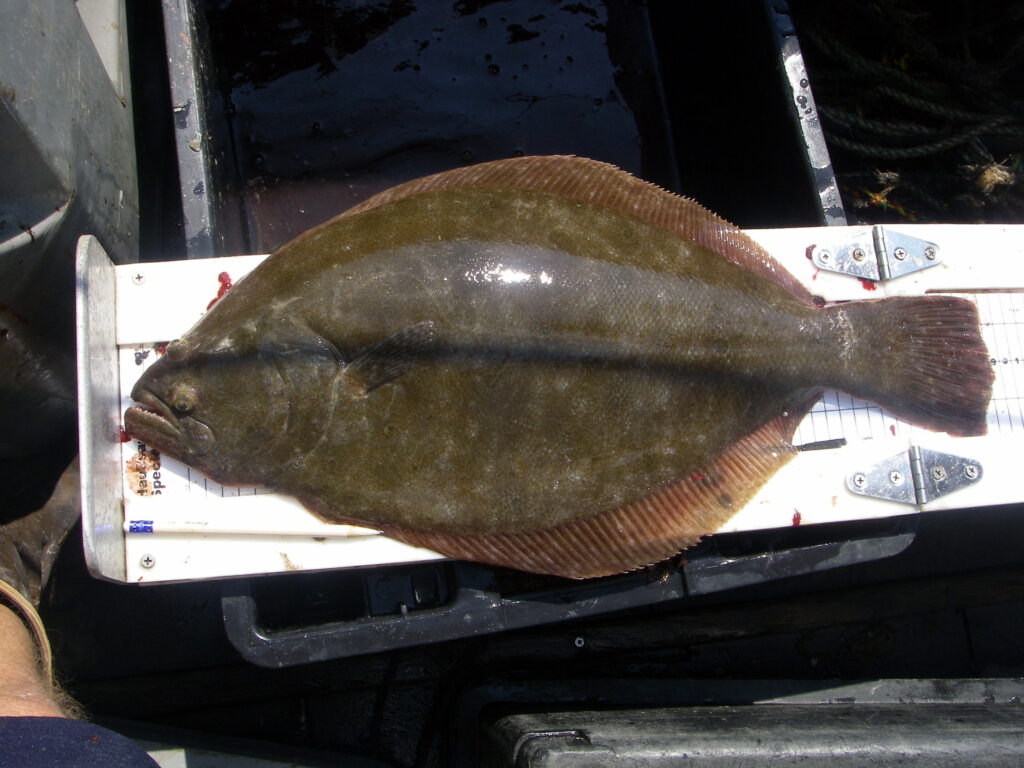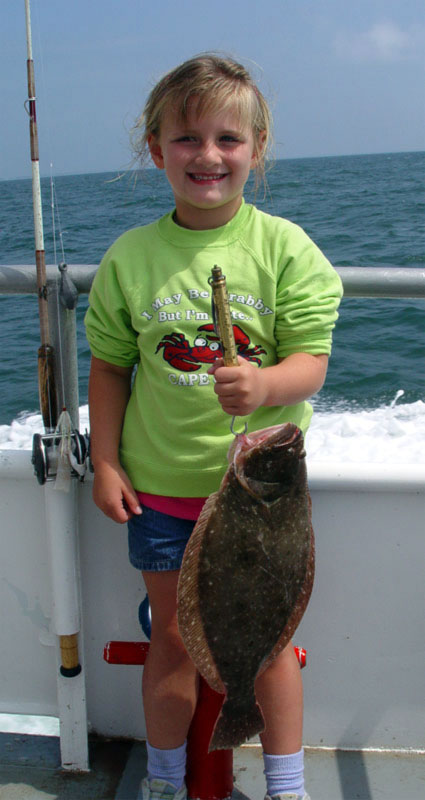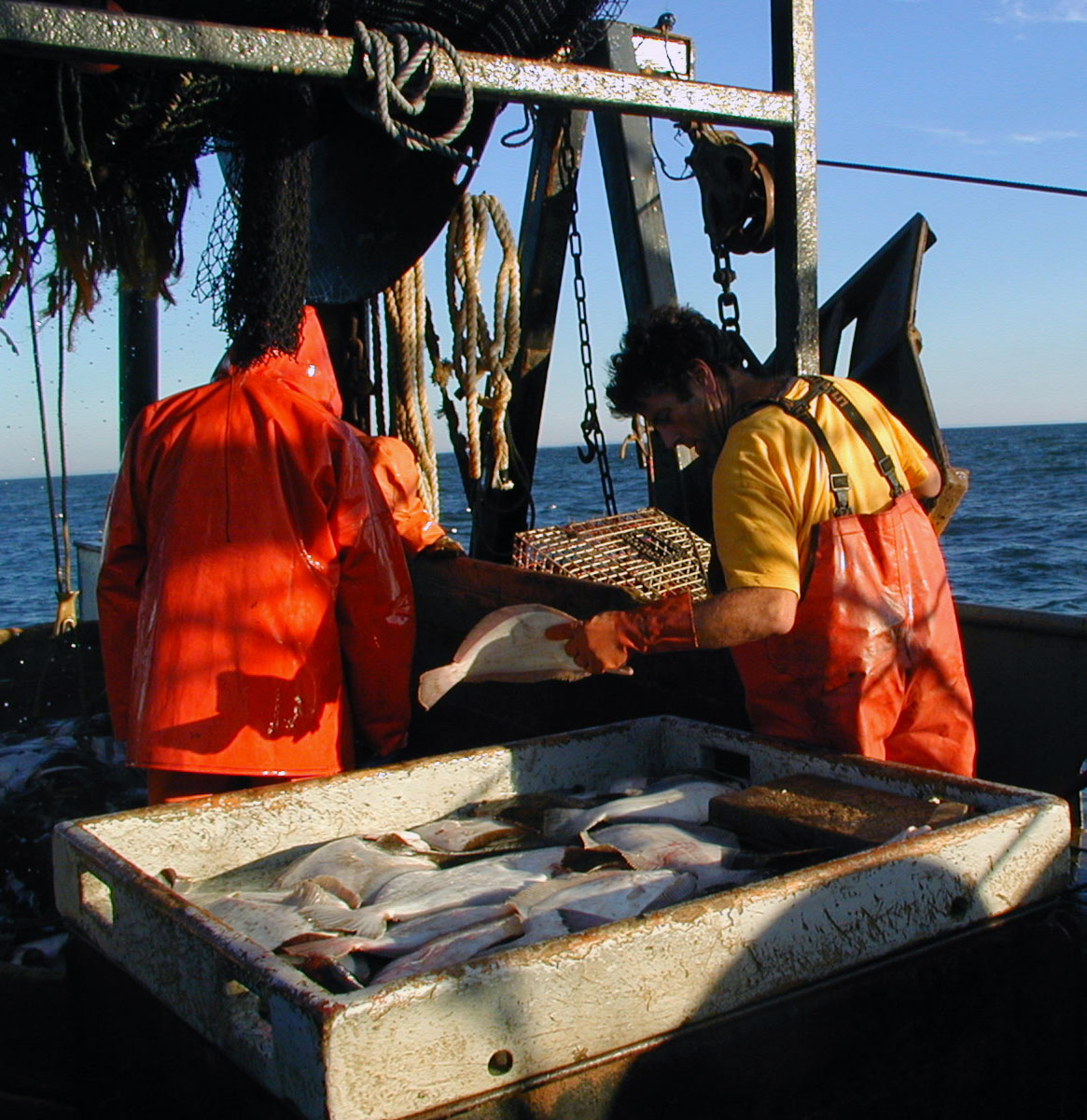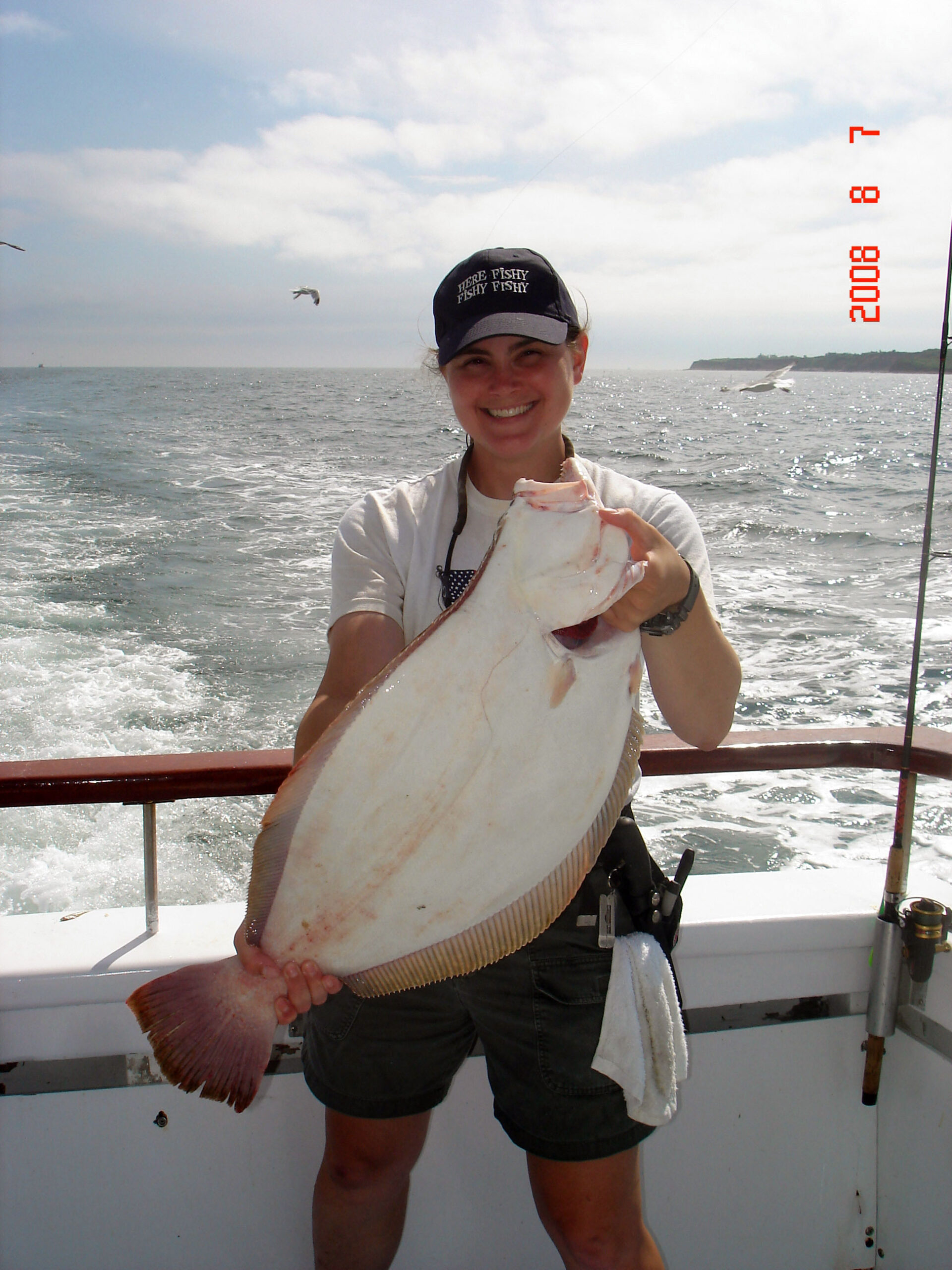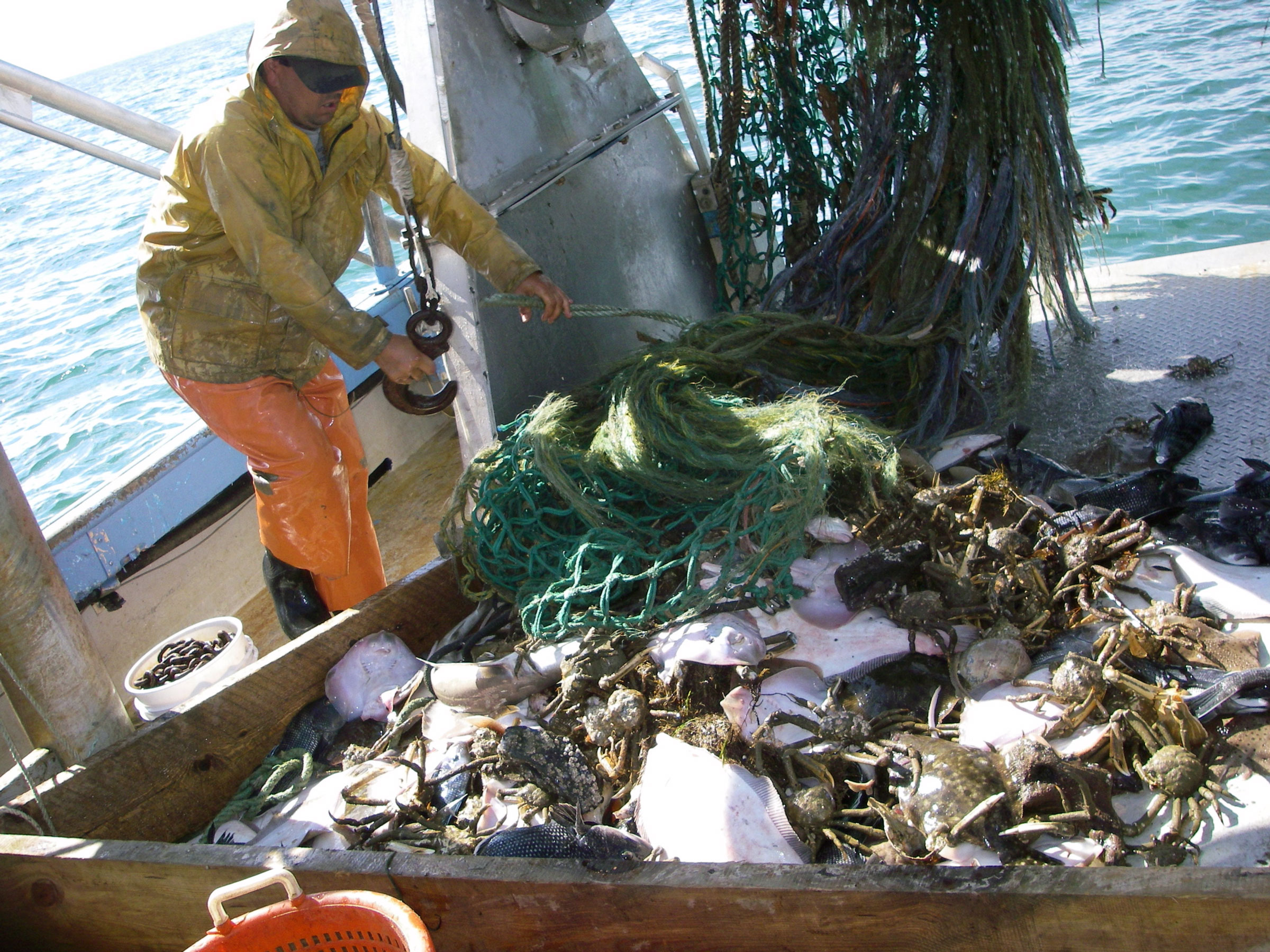Summer Flounder
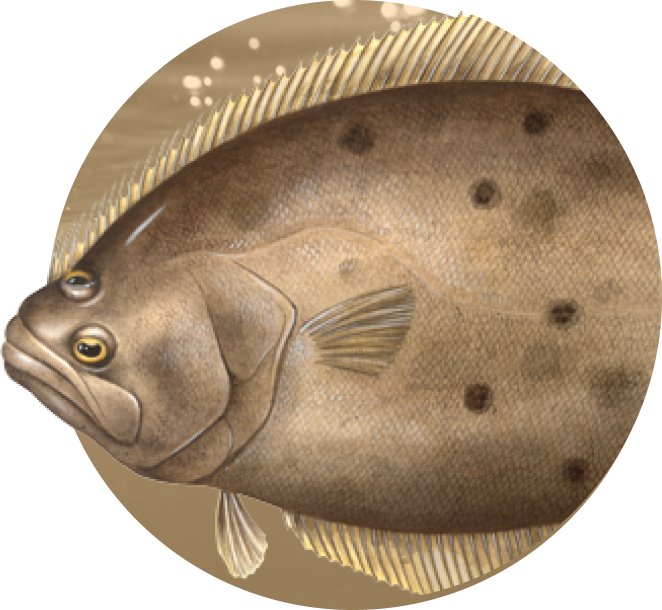
Latest News and Resources
-
Addendum XXXVI to the Summer Flounder, Scup and Black Sea Bass Fishery Management Plan and Addendum III to the Bluefish Fishery Management Plan
-
Meeting Summary and Motions from the Joint Meeting of the MAFMC & ASMFC Policy Board, Bluefish Board, and Summer Flounder, Scup and Black Sea Bass Board — August 2025
-
Summer Flounder Management Program Overview
Latest News and Resources
-
Addendum XXXVI to the Summer Flounder, Scup and Black Sea Bass Fishery Management Plan and Addendum III to the Bluefish Fishery Management Plan
-
Meeting Summary and Motions from the Joint Meeting of the MAFMC & ASMFC Policy Board, Bluefish Board, and Summer Flounder, Scup and Black Sea Bass Board — August 2025
-
Summer Flounder Management Program Overview
-
Summer Flounder FMP Review – 2024
-
Summer Flounder Management Track Assessment Report — 2025
-
MAFMC and ASMFC Approve Changes to Process for Setting Recreational Management Measures for Summer Flounder, Scup, Black Sea Bass, and Bluefish
-
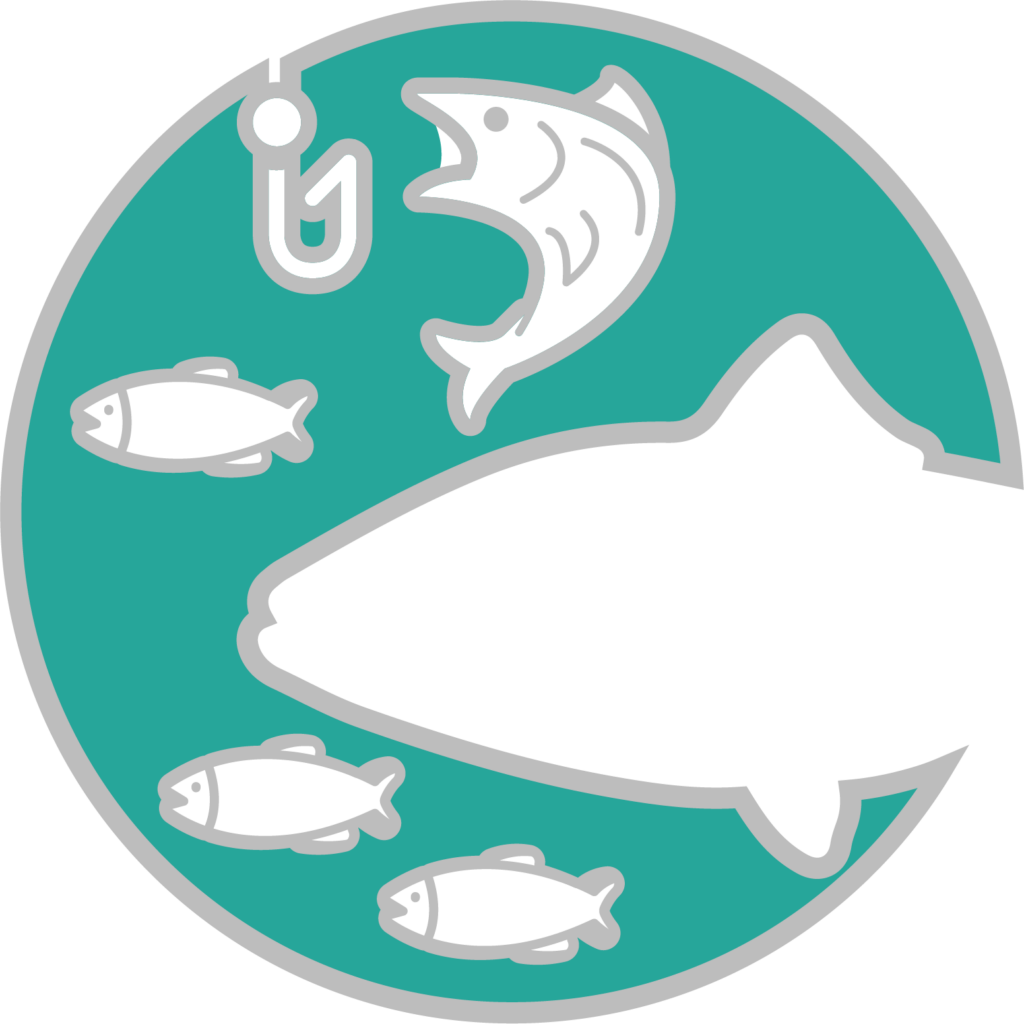
Population Abundance
Not overfished
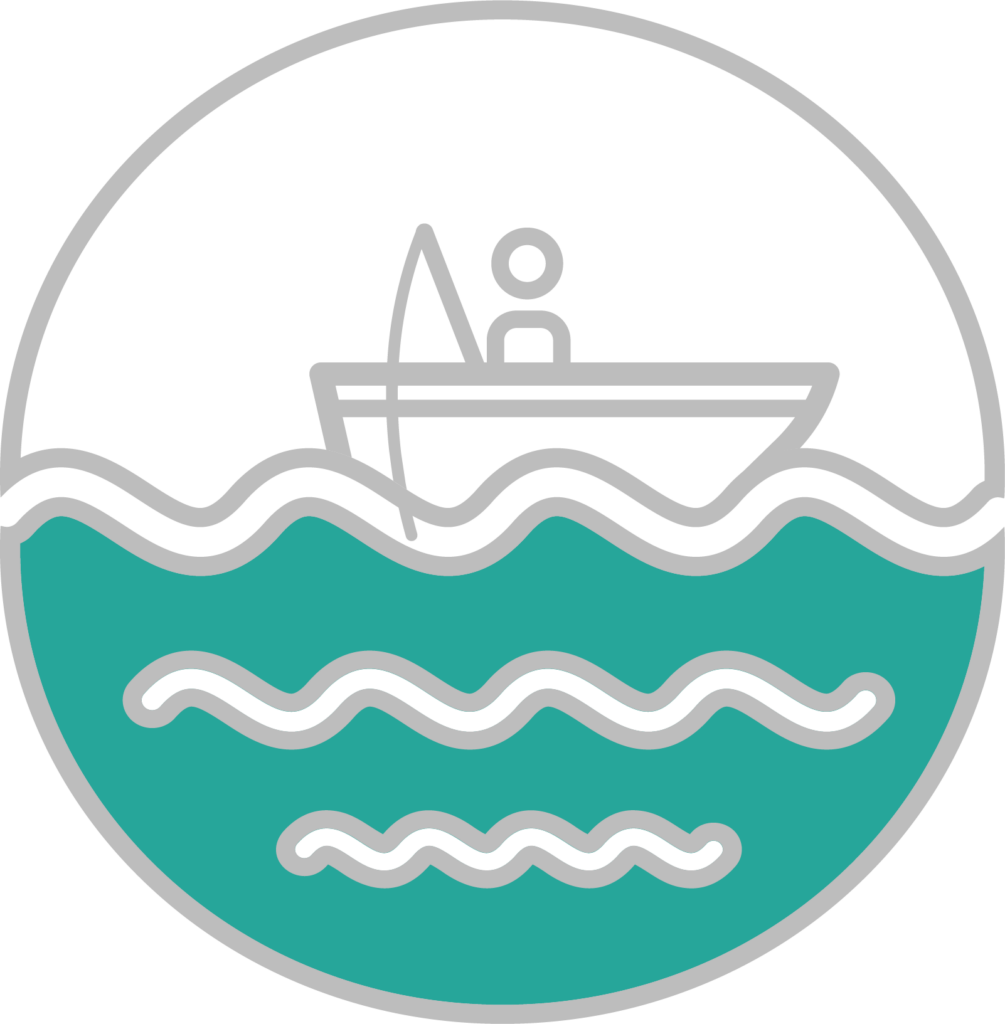
Fishing Mortality
Overfishing not occurring
Current Status
Stock status based on 2025 assessment. Management track assessment scheduled for 2027.
Meeting Calendar
Next Meeting
-
Dec 15–18, 2025
MidAtlantic Fishery Management Council
The Madison Hotel, 1177 15th Street NW, Washington, DC 20005
-
Recent Management Actions
Contacts
- Chelsea Tuohy, FMP Coordinator (CTuohy@asmfc.org)
- Management Board, John Maniscalco, Chair
- Technical Committee, Rachel Sysak, Chair
- Summer Flounder, Scup and Black Sea Bass Advisory Panel
Species Information
Summer flounder are a favorite among anglers along the Atlantic coast, ranging from Nova Scotia down to Florida, with the highest numbers found in the Mid-Atlantic region. These flatfish spawn in the fall and spend much of their lives near the sea bottom, where they patiently wait to catch shrimp, small fish, and other prey. Both commercial and recreational fishermen love summer flounder for their delicious taste and strong fight. In 2023, landings reached over 21 million pounds, highlighting their popularity. Ongoing regulations, including size limits and catch quotas, are in place to ensure that summer flounder remain a thriving part of coastal fishing communities for years to come.
Management
The Commission approved the first Fishery Management Plan (FMP) for Summer Flounder in 1982, followed by a similar FMP approved by the Mid-Atlantic Fishery Management Council (Council) in 1988. Since then, both agencies have made significant revisions to the plan, increasing the protection of juvenile fish and ensuring the maintenance of an adequate spawning population. This increased protection has been implemented through larger minimum size limits across all sectors, increased mesh sizes, and decreased recreational possession limits. Cumulatively, these changes have contributed to conserving the resource while maintaining important commercial and recreational fisheries.
Recreational management has garnered a lot of attention in recent years. Under the current process, the Board and Council determine whether to implement coastwide measures or enact conservation equivalency. Conservation equivalency allows recreational management measures in federal waters measures to be waived and instead requires recreational anglers to abide by the measures of the state in which they land their catch. In 2018, the Board approved Addendum XXXII which established an annual specifications process for developing recreational management measures under the conservation equivalency process. The Board approves regional measures in early spring of specifications setting years. Public input on specifications is gathered by states through their individual public comment processes. The specifications process provides the Board more flexibility in adjusting measures, if necessary, to constrain harvest to the annual coastwide recreational harvest limit (RHL). Further, the process enables the Board to consider a host of factors, including regional equity; regulatory stability; species abundance and distribution; and late-breaking recreational harvest estimates.
In 2019, the Board and the Council jointly approved the Summer Flounder Commercial Issues Amendment. The Amendment revises the management program’s goals and objectives specific to summer flounder and implements new state-specific commercial allocations. The revised management program’s goals and objectives focus on ensuring biological sustainability of the resource, supporting and enhancing development of effective management measures, and optimizing social and economic benefits from the resource. These revisions were made to reflect current priorities in sustainably managing the resource.
In 2021, the Board and Council jointly approved changes to the commercial and recreational allocations of summer flounder, scup, and black sea bass. These changes are intended to better reflect the current understanding of the historic proportions of catch and landings from the commercial and recreational sectors. The Board and Council developed this amendment in response to recent changes in how recreational catch is estimated by the Marine Recreational Information Program (MRIP), which resulted in a revised time series of recreational data going back to the 1980s. This created a mismatch between the data that were used to set the allocations and the data currently used in management for setting catch limits. Additional information about this amendment is available here.
In June 2022, the Commission’s Interstate Fisheries Management Program Policy Board (Policy Board) and the Council approved a new process for setting recreational measures (bag, size, and season limits), referred to as the Percent Change Approach, as well as modifications to the recreational accountability measures for summer flounder, scup, black sea bass, and bluefish. This new process sets recreational management measures on a two-year timeline in line with information received through biennial stock assessments. The Policy Board adopted these changes through Addendum XXXIV to the Summer Flounder, Scup, and Black Sea Bass FMP and Addendum II to the Bluefish FMP. The Council and Policy Board also agreed to continue to work on developing an improved approach to setting recreational measures for summer flounder, scup, black sea bass, and bluefish. The Percent Change Approach was implemented in 2023, and will sunset at the end of 2025.
In 2024, the Board and Council jointly approved modifications to two exemptions from the summer flounder commercial minimum mesh size requirements, which require a minimum mesh size of 5.5-inch diamond mesh or 6.0-inch square mesh to retain more than 200 pounds of summer flounder from November through April, or 100 pounds of summer flounder from May through October. The Small Mesh Exemption Program provides an exemption from these requirements for authorized vessels fishing in a designated area from November 1 through April 30. Through this action, the Board and Council agreed to expand the exemption area by moving the boundary of the northern portion of the area approximately five miles west, then connecting the western boundary to the southern scup Gear Restricted Area. The Board and Council also voted to implement a tiered monitoring approach for the Small Mesh Exemption Program. Finally, the Board and Council approved a revised definition of the term “flynet” as it relates to the flynet exemption from the summer flounder commercial minimum mesh size requirements. The revised definition encompasses similar high-rise net types which have very large mesh in the wings, with mesh size decreasing through the body of the net. These nets are not designed to catch flatfish and generally catch small amounts of summer flounder.
In April 2025, the Policy Board and Council adopted Addendum XXXVI to the Summer Flounder, Scup, and Black Sea Bass FMP and Addendum III to the Bluefish FMP , which made further modifications to the process for setting recreational measures and accountability measures for summer flounder, scup, black sea bass, and bluefish. The changes, which include modifications to the Percent Change Approach based on lessons learned over the past few years, will be implemented in two phases.
The first phase of changes aims to better account for stock status when setting measures and will create more opportunities for stability in management measures. These changes will take effect starting with the 2026 recreational measures for summer flounder, scup, and black sea bass.
The second phase of modifications, which will be implemented for setting 2030 recreational measures and beyond, will update the process to use a catch-based target. Unlike the current process – which focuses on achieving a specific level of predicted harvest – a catch-based approach aims to achieve a target level of total dead catch, including both harvest and dead discards. This approach will allow for more explicit consideration of how measures affect discards. The Council and Policy Board delayed the transition to a catch-based target until 2030 to allow time for additional analysis on the potential impacts to measures.
The Board and Council have set new specifications for 2026-2027 with a commercial quota of 12.78 million pounds and an RHL of 8.79 million pounds for both years. The 2026-2027 acceptable biological catch of 30.01 million pounds per year represents a 55% increase compared to the 2024 and 2025 acceptable biological catch.
Stock Status
The 2025 management track stock assessment indicates that summer flounder is not overfished and is no longer experiencing overfishing. Spawning stock biomass (SSB) is estimated at 89 million pounds, approximately 83% of the SSB target of 107.1 million pounds. Fishing mortality is estimated to be 0.35, approximately 74% of the fishing mortality threshold of 0.47. Recruitment was estimated at 50 million fish at age 0, at the time series average of 50 million fish at age 0.The 2025 assessment found lower recruitment since 2010 and noted decreasing weight and maturity at age relative to the early 2000s.
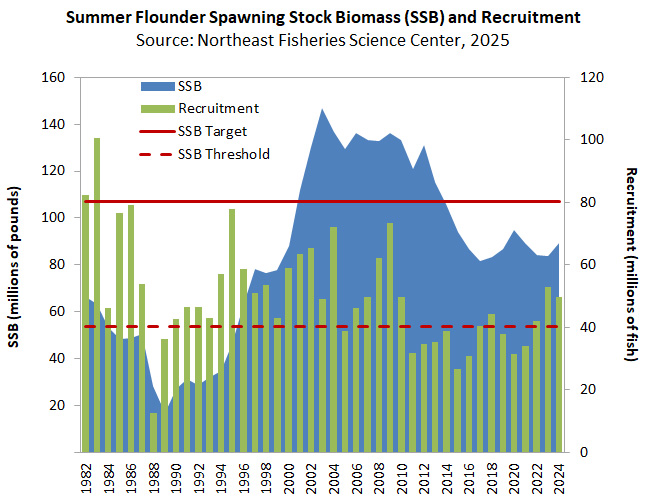
Commercial & Recreational Fisheries
Summer flounder are one of the most sought after commercial and recreational fish along the Atlantic coast, with total landings at approximately 14.5 million pounds in 2024. Using baseline data from 1980 to 1989, the current plan allocates the summer flounder quota on a 55/45 percent basis to commercial and recreational fisheries, respectively.
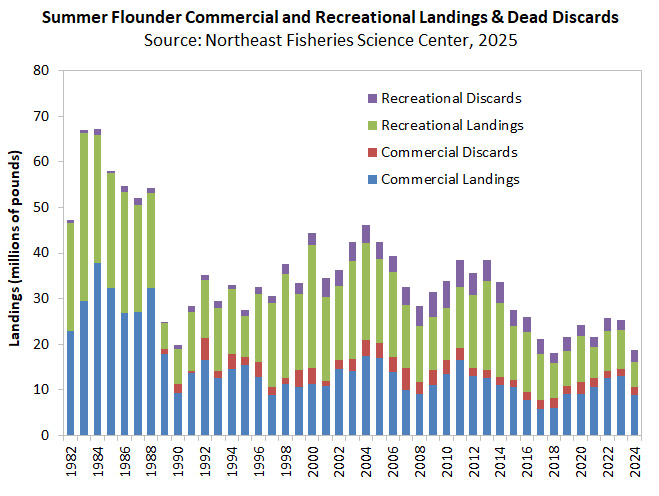
Two major commercial trawl fisheries exist — a winter offshore and a summer inshore. Summer flounder are also taken by pound nets and gillnets in estuarine waters. Throughout the 1980s, commercial landings ranged from 17.9 to 37.7 million pounds. In 1993, the coastwide quota was implemented for the first time. Commercial landings (which are limited by the quota) have ranged from 5.8 million pounds to 17.4 million pounds since 1993. Commercial landings reached a time series low of 5.8 million pounds in 2017, but have since increased to 9 million pounds in 2024. Commercial discard losses in the otter trawl and scallop dredge fisheries are estimated from observer data, and an 80% commercial discard mortality rate is assumed.
Summer flounder are also highly prized in the recreational fishery. Anglers catch summer flounder from the shore, piers, and boats with hook and line. From 1981 through 2004, recreational landings varied widely from a high of 36.7 million pounds in 1983 to a low of 5.7 million pounds in 1989. Starting in 1993, harvest limits were implemented for the recreational fishery. Recreational harvest in 2024 was 5.5 million pounds, marking a time series low since 1982.
Life History
Summer flounder (Paralichthys dentatus) are found in inshore and offshore waters from Nova Scotia, Canada to the east coast of Florida. In the U.S., they are most abundant in the Mid-Atlantic region from Cape Cod, Massachusetts to Cape Fear, North Carolina.
Summer flounder usually begin to spawn at age two or three, at lengths of about 10 inches. Spawning occurs in the fall while the fish are moving offshore. Spawning migration is linked to sexual maturity, with the oldest and largest fish migrating first. As in their seasonal migrations, spawning summer flounder in the northern portion of the geographic range spawn and move offshore (depths of 120 to 600 feet) earlier than those in the southern part of the range. Larvae migrate to inshore coastal and estuarine areas from October to May. The larvae, or fry, move to bottom waters upon reaching the coast and spend their first year in bays and other inshore areas. At the end of their first year, some juveniles join the adult offshore migration.
Adults spend most of their life on or near the sea bottom burrowing in the sandy substrate. Flounder lie in ambush and wait for their prey. They are quick and efficient predators with well-developed teeth allowing them to capture small fish, squid, sea worms, shrimp, and other crustaceans.
News & Resources
Explore recent news, management updates, and scientific reports to gain a deeper understanding of ongoing conservation efforts and sustainability strategies.
-
Recreational Measures Setting Process for Summer Flounder, Scup, Black Sea Bass, and Bluefish
-
The Mid-Atlantic Fishery Management Council met August 12-14, 2023, in Annapolis, MD. As part of the meeting the Atlantic States Marine Fisheries Commission’s (Commission) Interstate Fisheries Management Program Policy Board (Policy Board), Bluefish Management Board (Board), and Summer Flounder, Scup and Black Sea Bass Management Board (Board), met jointly with the Council to take action…
-
Prepared for the Commissioner Manual
-
-
This assessment of the Black Sea Bass (Centropristis striata) stock is a Level-2 2024 management track assessment which updates the 2023 research track assessment model using the WHAM framework to fit a spatially explicit model specified for two regions, North or South of Hudson Canyon.
-
The MAFMC and ASMFC Interstate Fisheries Management Program Policy Board (Policy Board) have approved modifications to the process for setting recreational measures (bag, size, and season limits), as well as the recreational accountability measures, for summer flounder, scup, black sea bass, and bluefish. The MAFMC recommended these changes through a framework action, and the Policy…
-
The Mid-Atlantic Fishery Management Council’s (Council’s) Summer Flounder, Scup, and Black Sea Bass and Bluefish Advisory Panels (APs) met jointly with the Atlantic States Marine Fisheries Commission’s (Commission’s) Summer Flounder, Scup, and Black Sea Bass and Bluefish APs on March 13, 2025 to review public comment, review a summary of the recent Fishery Management Action…
-
-
-
This press release revises the February 3rd announcement by changing the date of the New Jersey hearing from February 24 to February 25. The hearing time and location remain the same.
-
-
The purpose of this proposed amendment is to consider modifications to the recreational management program for summer flounder, scup, black sea bass, and bluefish. Specifically, the amendment may consider options for managing for-hire recreational fisheries separately from other recreational fishing modes (referred to as sector separation), as well as options related to the collection and…
-
Arlington, VA – The Atlantic States Marine Fisheries Commission releases for public comment the Public Information/Scoping Document for the Recreational Sector Separation and Data Collection Amendment for Summer Flounder, Scup, Black Sea Bass and Bluefish. The document is a joint effort of the Commission and the Mid-Atlantic Fishery Management Council given the species are managed…
-
-
DRAFT SCOPING AND PUBLIC INFORMATION DOCUMENT
Get Hooked on ASMFC News
Dive into the latest updates and catch all the important news by joining our newsletter mailing list. Stay in the loop with meeting agendas, fisheries management news, and more.
